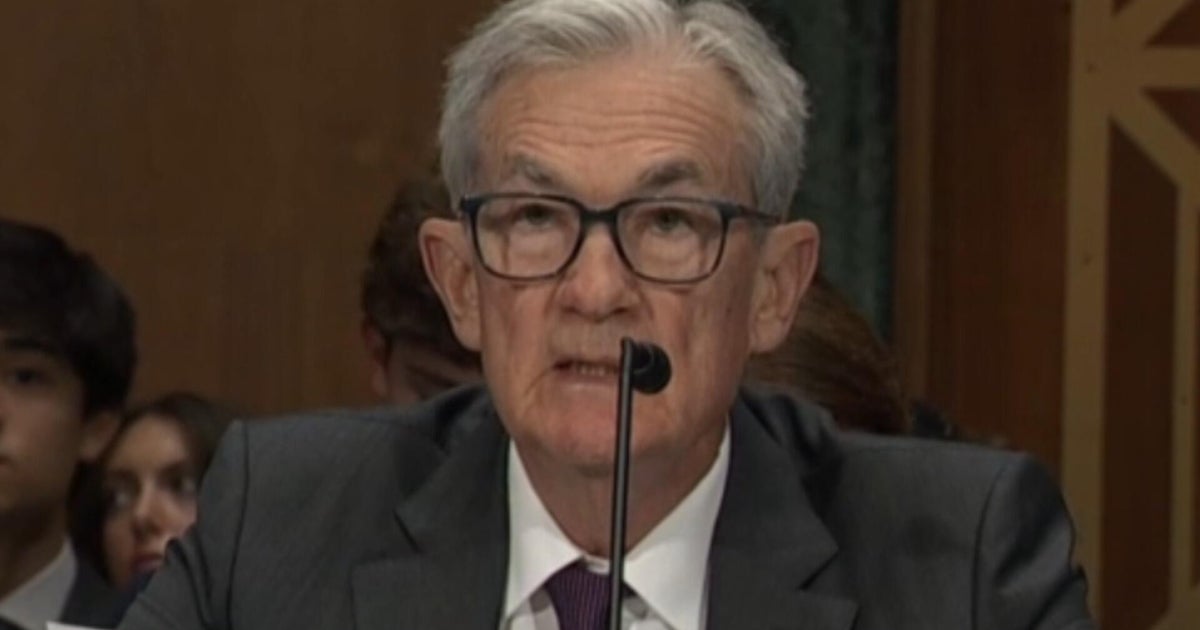US Private Payrolls Data for May Shows Slowdown, Stocks React Mildly

U.S. stock markets experienced a slight upward movement on Wednesday, June 4, 2025, with the S&P 500 approaching record levels. This cautious optimism persisted despite the release of a weaker-than-expected private payrolls report from ADP, which indicated a significant slowdown in job creation for May and intensified concerns about the labor market's strength.
The S&P 500 registered a 0.3% gain in early trading, placing it within 2.5% of its all-time high. The Dow Jones Industrial Average also saw an increase of 94 points, or 0.2%, as of 9:35 a.m. Eastern time, and the Nasdaq Composite was up by 0.3%. Positive earnings reports contributed to the market's resilience. For instance, Hewlett Packard Enterprise shares rose 4.1% after delivering a stronger profit for the latest quarter than analysts expected. Similarly, Wells Fargo's stock climbed 2.8% after the Federal Reserve on Tuesday lifted restrictions placed on the bank in 2018 regarding its past sales and banking culture. Conversely, cybersecurity firm CrowdStrike saw its shares fall by 7.9%; despite reporting a stronger profit than anticipated, its revenue and forecast for the current quarter fell short of Wall Street targets.
The ADP National Employment Report revealed that U.S. private payrolls increased by only 37,000 jobs in May. This figure was substantially lower than the 110,000 jobs economists polled by Reuters had forecasted and marked a decrease from the downwardly revised 60,000 jobs added in April (originally reported as 62,000). This data, jointly developed by ADP with the Stanford Digital Economy Lab, suggests a continued easing of the labor market.
The slowdown in private job growth points to an easing labor market amid ongoing economic uncertainty, partly influenced by factors such as trade tariffs. According to government data released on Tuesday, there were 1.03 job openings for every unemployed person in April, a figure that remained relatively stable compared to March, though the new ADP figures paint a more cautious picture.
The weak ADP figures immediately fueled speculation that the Federal Reserve might consider interest rate cuts later in the year to support the economy. Following the report, traders increased their bets on such Fed action. President Donald Trump also publicly urged Fed Chair Jerome Powell to lower rates, stating on his Truth Social platform, "‘Too Late’ Powell must now LOWER THE RATE. He is unbelievable!!! Europe has lowered NINE TIMES!" However, the Federal Reserve has thus far refrained from cutting interest rates this year, partly because it aims to assess the economic impact of existing tariffs and their potential effects on inflation. Lower interest rates could boost the economy but also risk fueling inflation.
The bond market reacted strongly to the employment data, with Treasury yields declining. The yield on the 10-year Treasury note fell to 4.40% from 4.46% late Tuesday. The two-year Treasury yield, which is more sensitive to expectations of Federal Reserve policy, eased to 3.91% from 3.96%. This movement reflected the market's anticipation of potential monetary easing.
The ADP report was published ahead of the U.S. Labor Department's more comprehensive Bureau of Labor Statistics (BLS) employment report for May, due on Friday, which is one of Wall Street's most anticipated monthly data releases. While the ADP report has historically not been a perfect predictor of the BLS data, its weakness has raised concerns. Carl Weinberg, chief economist at High Frequency Economics, commented, “Whether this report is accurate or not, traders and investors will read today’s number as a dark result for trading today. This may be the tip of an iceberg, but it also could be a false start.” A Reuters survey indicated expectations for private payrolls to increase by 120,000 jobs in May according to the BLS report, with overall nonfarm payrolls estimated to rise by 130,000 and the unemployment rate forecast to remain unchanged at 4.2%.
In international markets, stock indexes in Europe and Asia saw gains, buoyed by hopes for progress in trade negotiations that might lead to a reduction in U.S. tariffs. However, President Trump commented on Chinese President Xi Jinping, stating, “I like President XI of China, always have, and always will, but he is VERY TOUGH, AND EXTREMELY HARD TO MAKE A DEAL WITH!!!” The European Union’s top trade negotiator, Maroš Šefčovič, met with his American counterpart, U.S. Trade Representative Jamieson Greer, on the sidelines of an OECD meeting. Meanwhile, South Korea’s Kospi index jumped 2.7% following the election of liberal opposition candidate Lee Jae-myung as president, capping months of political turmoil.
Overall, the financial markets are navigating a complex environment, balancing positive corporate earnings and hopes for trade resolutions against concerns about a cooling labor market and the future direction of U.S. monetary policy.











